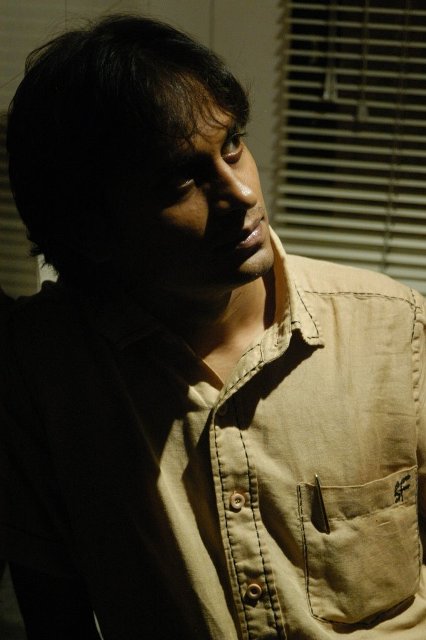.JPG)
After a day of sweat, spears and crimson blood, when soldiers used to call it a day or ‘beat the retreat’, it was usually with a ceremony of music and massed bands. The tradition continues in England, and in Commonwealth countries, generally against the backdrop of a castle. In India, the tradition started by James II in 1690, marks the end of Republic Day celebrations every 29th January. So, there we were, at the nerve centre of India’s political power, Vijay Chowk, Raisina Hills, for a preview of Beating the Retreat.
Six men sit still atop camels in the background, while bands trooped in with their bugles, bagpipers, trumpets, drums and played some scintillating music with enchanting synchronization. Some band members tapped their feet to music and the tapping too is neatly choreographed. The leaders of each band sway their clubs as they march, occasionally throwing it in the air to mark a change a note. The spectacle is resplendent to say the least, with variegated colours of uniforms- blue, orange, red, green, checks, turbans et al, and an endlessly variety of instruments. Fanfare is perhaps the best example of perfect synchronization with bands marching fast while coming, and then they march slow, twirl around and form patterns while performing. Towards the end, massed bands perform with their drums, first rising in crescendo and echoing through the massive buildings of Lutyens’ Delhi, then ebbing in a soft refrain.
This year 30 bands are performing, 8 from the navy and air force, and 22 from the army. Most of the compositions this time are Indian, and Captain P.G. George of the navy is the captain of the time. This is the 24th time he’s participating in the function, and tells that most of the tunes are new except Souza’s Thunderer which is an essential marching doggerel, and the evergreen Abide With Me, which was a favourite with Gandhi ji and King George V. The song was composed by Henry F. Lyte in 1847 as a premonition song for his death of tuberculosis. The tune was later changed by William Monk in 1864 and the tune has stayed with many churches and army bands ever since. There’s a composition by S.C. Hill called Hindostan Hamara Hai which is also quite a lilting refrain. Hill had also written a book called Three Frenchmen of Bengal, about the rise of the Brits and the demise of the French. So the Hill connection is quite interesting on Raisina Hill, for in him we find the confluence of Hindostan, Inglistan and Fransistan.
(The pic is by Naresh Sharma)
Six men sit still atop camels in the background, while bands trooped in with their bugles, bagpipers, trumpets, drums and played some scintillating music with enchanting synchronization. Some band members tapped their feet to music and the tapping too is neatly choreographed. The leaders of each band sway their clubs as they march, occasionally throwing it in the air to mark a change a note. The spectacle is resplendent to say the least, with variegated colours of uniforms- blue, orange, red, green, checks, turbans et al, and an endlessly variety of instruments. Fanfare is perhaps the best example of perfect synchronization with bands marching fast while coming, and then they march slow, twirl around and form patterns while performing. Towards the end, massed bands perform with their drums, first rising in crescendo and echoing through the massive buildings of Lutyens’ Delhi, then ebbing in a soft refrain.
This year 30 bands are performing, 8 from the navy and air force, and 22 from the army. Most of the compositions this time are Indian, and Captain P.G. George of the navy is the captain of the time. This is the 24th time he’s participating in the function, and tells that most of the tunes are new except Souza’s Thunderer which is an essential marching doggerel, and the evergreen Abide With Me, which was a favourite with Gandhi ji and King George V. The song was composed by Henry F. Lyte in 1847 as a premonition song for his death of tuberculosis. The tune was later changed by William Monk in 1864 and the tune has stayed with many churches and army bands ever since. There’s a composition by S.C. Hill called Hindostan Hamara Hai which is also quite a lilting refrain. Hill had also written a book called Three Frenchmen of Bengal, about the rise of the Brits and the demise of the French. So the Hill connection is quite interesting on Raisina Hill, for in him we find the confluence of Hindostan, Inglistan and Fransistan.
(The pic is by Naresh Sharma)

1 comment:
Yes indeed, in some moments I can reveal that I acquiesce in with you, but you may be in the light of other options.
to the article there is quiet a suspect as you did in the decrease issue of this beg www.google.com/ie?as_q=aquasoft photo flash 2.1.0 ?
I noticed the catch-phrase you suffer with not used. Or you use the dark methods of development of the resource. I have a week and do necheg
Post a Comment